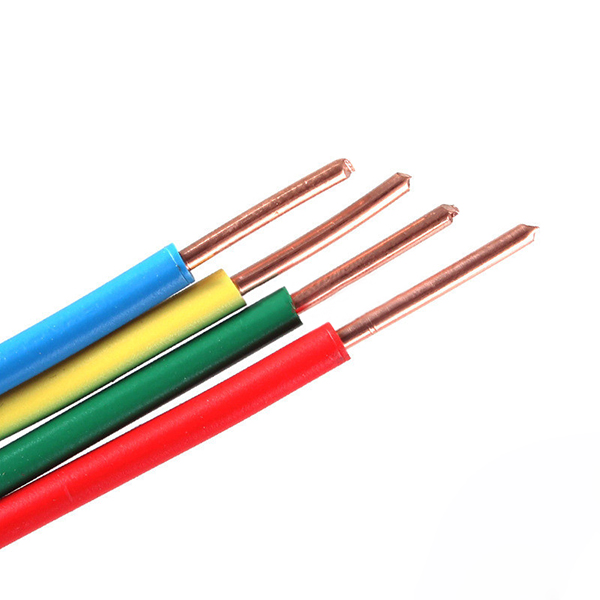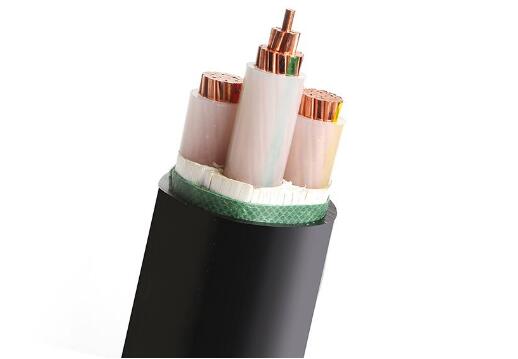There are thousands of types of wire and cable products used in all walks of life. Their general use has two kinds, one is to transmit the electric current, one is to transmit the signal. The most important technical performance indicators of transmission current cables are conductor resistance and pressure resistance; the technical performance indicators of transmission signal cables are transmission performance—characteristic impedance, attenuation and crosstalk. Of course, the transmission signal mainly depends on the current (electromagnetic wave) as a carrier. Now, with the development of science and technology, light waves can be used as a carrier for transmission.
In general, cables can be divided into six categories:
1) bare wires
2) magnet wires (enameled wires)
3) power cables
4) wires and cables for electrical equipment
5) communications wires and cables
6) fiber optic cables
Basic knowledge of wire and cable encyclopedia
First, the basic structure of the cable
The basic structure of the general cable is a conductor, an insulation layer and an outer sheath. According to the requirements, an additional structure such as a shielding layer, an inner sheath or an armor layer is provided, and some filler materials are added for the roundness of the cable. The conductor is the carrier for transmitting current or signal, and other structures are used for protection. The performance of the protection generally has three kinds according to the needs of the cable product. One is to protect each unit of the cable itself from each other or reduce the influence, such as pressure resistance, heat resistance, loss caused by electromagnetic fields, communication cables against signal interference, etc. Another protection is to protect the current in the conductor from external influences, such as preventing leakage of current, protection against leakage of electromagnetic waves, etc.; the last protection of the outside world does not affect the inside of the cable, such as compression, tensile, heat, weather, Flame-resistant, waterproof, anti-electromagnetic interference and so on. The following gives a brief introduction to the structural elements of the power cable.
1, conductor (or conductive core)
Its role is to conduct current. There are solid and stranded points. The materials include copper, aluminum, silver, copper clad steel, aluminum clad steel, etc. The main use is copper and aluminum. Copper has much better electrical conductivity than aluminum. The national standard for resistivity of copper conductors is not less than 0.017241Ω.mm2/m (at 20°C), and the resistivity of aluminum conductors is not less than 0.028264Ω.mm2/m (at 20°C).
2、Fireproof layer
Only fire-resistant cables have this structure. Its role is that the cable can withstand a certain period of time in the fire, giving us more time to use electricity for escape. The material used today is mainly mica tape. In the fire, the cable will burn quickly, because the mica tape with mica has high temperature resistance and insulation, which can protect the conductor for a certain period of time in the fire.
3, insulation layer
Covered outside the conductor, its function is to isolate the conductor, withstand the corresponding voltage, and prevent current leakage. There are many kinds of insulation materials, such as PVC, PE, XLPE, rubber (more rubber types, nitrile rubber, neoprene, styrene butadiene rubber, Ethylene propylene rubber, etc.), fluoroplastics, nylon, insulation paper, etc. The main performance of these materials is that the insulation performance is better, and other performance requirements vary according to cable use requirements. Some require a small dielectric coefficient to reduce losses, and some require a flame retardant performance or high temperature resistance. When the cable is burned, no smoke or harmful gas will be produced or reduced, and some require oil resistance and corrosion resistance, while others require softness.
4, shielding layer
Outside the insulating layer, the role of the outer sheath is to limit the electric field and electromagnetic interference. For different types of cables, shielding materials are not the same, mainly include: copper wire weaving, copper wire winding, aluminum wire (aluminum alloy wire) weaving, copper tape, aluminum foil, aluminum (steel) plastic belt, steel belt, etc. Vertical packages.
5, filling layer
The function of the filling is mainly to make the cable round and stable in structure, and the filling of some cables also plays a role in blocking water and fire. The main materials are polypropylene ropes, glass fiber ropes, asbestos ropes, and rubbers. There are many types, but one of the major performance requirements is non-hygroscopic material, and of course it cannot conduct electricity.
Basic knowledge of wire and cable encyclopedia
6, the inner sheath
The role of the inner sheath is to protect the insulated core from being damaged by the armor or shield.
The inner sheath has several forms such as extruding, winding and longitudinal wrapping. The use of extruded wraps for high demands requires low wrap or wrap formats. Now the material used for wrapping is also varied. For example, the inner sheath of the steel tape armor is wrapped with PVC tape, and the polypropylene tape (very thin, the surface is made into particles with a convex thickness) is wrapped. of. The use of PVC tape and polypropylene tape around wrapping tape has an impact on product quality. Silane cross-linked insulated wire cores are differentiated by color or by color strips, which have little effect on product quality, mainly due to user demand.
7, armored layer
The role of the armor layer is to protect the cable from being damaged by external forces. The most common are steel tape armor and steel wire armor, aluminum tape armor, stainless steel tape armor, and so on. The main role of steel strip armor is compression, steel armor is mainly used for tensile. According to the size of the cable, the thickness of the steel strip used for armoring is different. This is stipulated in each cable standard.
8, outer sheath
The component that protects the outermost layer of the cable.
There are three main categories: plastics, rubbers, and metals.
Among them, the most commonly used plastics are polyvinyl chloride plastics, polyethylene plastics, and flame-retardant, low-smoke, low-halogen, low-smoke, and halogen-free types.
The above is about the basic structure of the general cable, some varieties of cable structure is simple, only the conductor and insulation layer, some cables do not have armor or shielding layer, so according to the different conditions of the structure and the different materials used to produce various types of Wire and Cable.
Henan Sanheng Industrial Co., Ltd. , founded in 2000, It is one of the top wire and cable manufacturers in China's wire and cable industry for nearly 20 years. the company has more than 5 production lines.
The production cable can be divided into more than 50 varieties and subdivided into 1000 specifications.All products have passed national certification, such as China compulsory certification, bv certification, Nigerian SONCAP certificate, China national industrial certification, etc. China national industrial production license, etc.It also has the ability to produce products that meet international standards, such as iec, ce, rohs, etc.
If you want to buy wires and cables, you can ask the customer service staff and we will get back to you as soon as possible.
-
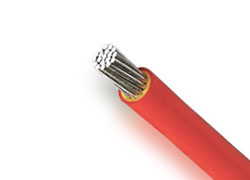
PVC Insulated Aluminum Cable
Conductor:Aluminum Conductor of Class 1/2 (Solid)
Insulation:PVC Compound
Insulation Color:Red, Blue, Green, Yellow, Brown, Black, Grey, White, Pink, Orange, Yellow/Green
-
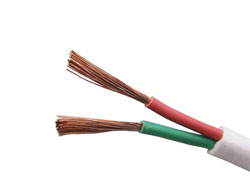
Flexible Flat Cable
Conductor:Stranded Copper Conductor of Class 5/6 (Flexible)
Insulation:PVC Compound
Insulation Color:Red, Blue, Yellow/Green or as request
-
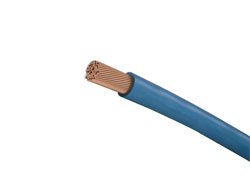
Single Core Flexible Cable
Conductor:Stranded Copper Conductor of Class 5 (Flexible)
Insulation:PVC Compound
Conductor Color:Red, Blue, Green, Yellow, Brown, Black, Grey, White, Pink, Orange, Yellow/Green
-
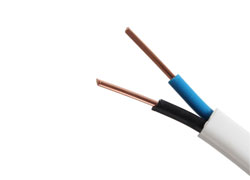
Twin and Earth Cable
Conductor:Class 1/2 copper conductor (solid)
Insulation:PVC Compound
Insulation Color:Red, Blue, Yellow/Green or as request
